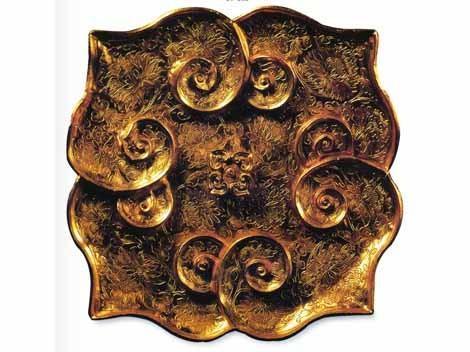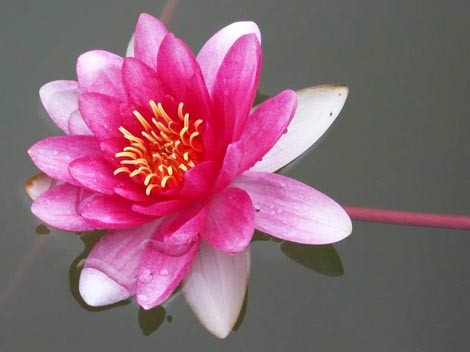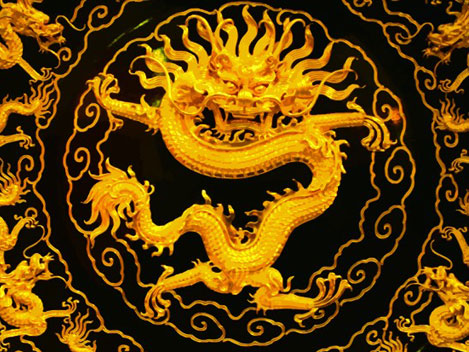
Traditional Chinese auspicious motifs first appeared in the Zhou Dynasty, some 3,000 years ago. They later became widely popular among the general public. On every Spring Festival or other holidays, people would decorate their rooms and articles with these auspicious motifs to express their wishes for happy life and to celebrate the happy holiday. As a key component of traditional Chinese culture, the auspicious motifs are one of the symbols used to identify national spirits and goals. The silk auspicious motifs in the Ming and Qing dynasties covered a wide range of subjects that included trees, flowers, stones, insect, fish and birds. The seemingly ordinary motifs contained profound meanings and deep feelings. Generally, the motifs are in three forms: 1) motifs; 2) homophonic words; 3) illustrations in words.

There are a wide array of subjects featured in Chinese auspicious motifs, with "double happiness", "lucky clouds" and "Ruyi (good luck)" being the most common three. Today, the auspicious motifs still play an indispensable part in Chinese people's life.







